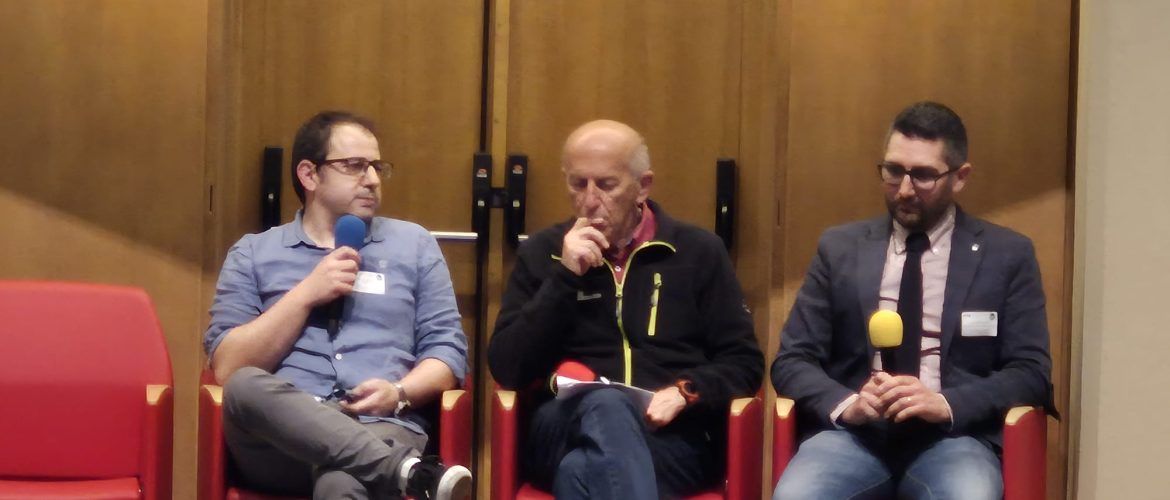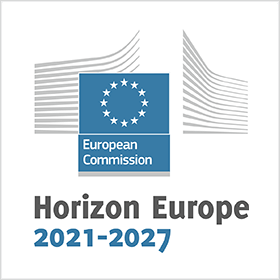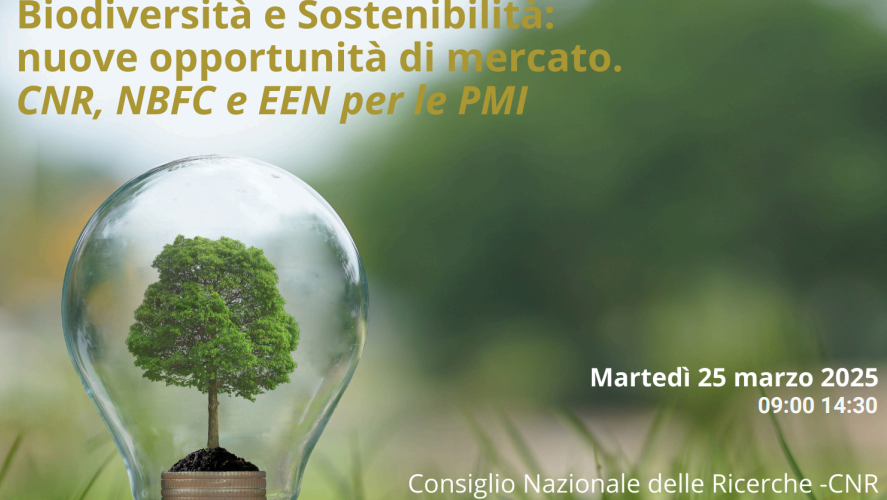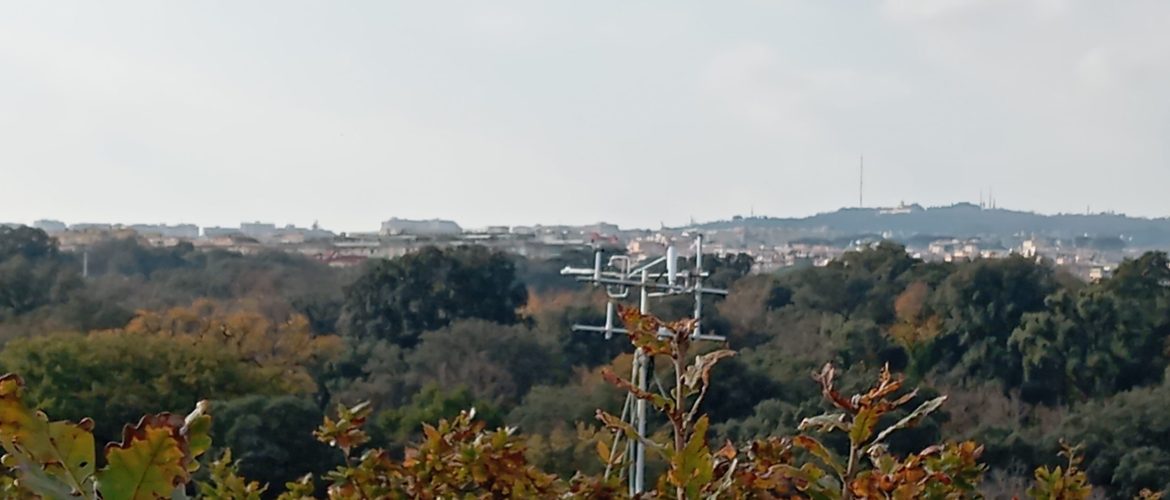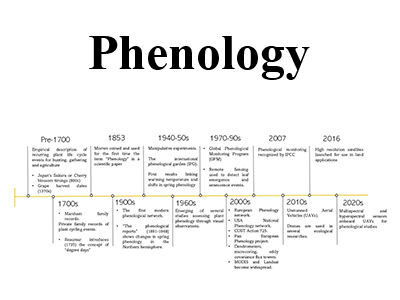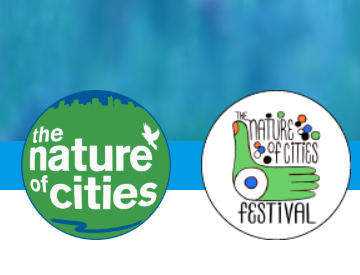The Day of Reflection and Communication on the theme “The Contribution of Scientific Research to the Future of Our Mountains” concluded on March 27. The event, held at the CNR headquarters, explored various topics related to the role of scientific research in shaping this perspective. The day was organized by the Mountains Working Group of the Department of Earth System Sciences and Environmental Technologies of the National Research Council (CNR). The event was designed to foster dialogue between scientific research and the
Carlo Calfapietra, Director of the CNR Institute of Research on Terrestrial Ecosystems, has been appointed as the Italian expert in Cluster 6 “Food, Bioeconomy, Natural Resources, Agriculture and Environment” within the European research and innovation framework program Horizon Europe. This appointment, conferred by the Italian Ministry of University and Research, recognizes Calfapietra’s role as a key figure in the Italian scientific landscape for topics related to biodiversity, natural resources, and the environment. As part of the Horizon Europe Program Committee, he
On March 25 at 9:30 AM, the event “Biodiversity and Sustainability: New Market Opportunities” will take place at the Central Headquarters of the National Research Council (CNR) in Rome (P.le Aldo Moro 7). The initiative is part of the activities of Spoke8 of the National Biodiversity Future Center (NBFC), in collaboration with the Enterprise Europe Network (EEN), and specifically involves SMEs benefiting from the first of the dedicated Cascade Calls. During the morning session, speakers will include Maria Chiara Carrozza (CNR President),
On April 16, 2025, starting at 11:00 AM, the event “The Future of Italian Fashion: Agriculture, Research, Innovation, and Sustainability” will take place at Beste-Hub in Prato. The event will bring together various key players from the research world, including the Institute of Research on Terrestrial Ecosystems and the Institute for BioEconomy of the National Research Council (CNR IRET and CNR IBE), the Council for Agricultural Research and Economics (CREA), and the European Forest Institute (EFI). However, its true strength lies
The tundra, the typical vegetation of Arctic polar regions, has been rapidly expanding—not just recently, but since the beginning of the last century. This was revealed by an international study coordinated by the Institute of Polar Sciences of the National Research Council of Italy (CNR-ISP), in collaboration with the Alfred Wegener Institute, Helmholtz Center for Polar and Marine Research, and the ENI-CNR Joint Research Center. According to the research, which was featured on the cover of Nature Communications Earth &
A study by the Institute of Research on Terrestrial Ecosystems of the National Research Council of Italy (CNR-IRET) has demonstrated the effectiveness of hyperspectral data from the Italian Space Agency’s PRISMA satellite and Lidar information in monitoring forest habitat diversity with high detail and accuracy Remote sensing technologies based on PRISMA and Lidar data can significantly improve environmental and forest habitat monitoring, supporting more precise strategies for the management and conservation of European forests. This is demonstrated by a study published
On February 25, 2025, starting at 10:30 AM, the presentation of the book “History, Architecture, Decorative Motifs, and Restorations” by Barbara Bertoli, a researcher at the Institute of Research on Terrestrial Ecosystems, Naples branch, will take place in Naples. The event will be held at Villa Doria d’Angri, Via F. Petrarca 80. For more information and the event poster:Invito villa Doria_25.02_presentazione volume Bertoli
A new operational phase has begun for the Real Bosco di Capodimonte site, an integral part of the ICOS (Integrated Carbon Observation System) infrastructure. Thanks to technological upgrades, environmental data acquisition activities have resumed. The Principal Investigator of the station is the National Research Council’s Institute of Research on Terrestrial Ecosystems (CNR-IRET), which recently published a study in the journal Urban Climate on the role of urban green areas in carbon sequestration and heatwave mitigation. Real Bosco di Capodimonte with the research
A new study published in Current Forestry Reports, the result of a collaboration between CNR-IRET, the University of Québec, Northern Arizona University, the Slovenian Forestry Institute, and WSL, synthesizes recent advancements and identifies knowledge gaps in the phenology of both belowground and aboveground organ development in extra-tropical forest ecosystems. Phenology, the study of periodic life cycle events in plants, is essential for understanding tree health, resource competition, and the impact of climate change on ecosystems. By examining the phenological processes of
The roundtable titled “The EU Nature Restoration Law is here. Do we have what it takes to make it work?” was published on January 16 by The Nature of Cities. The event brought together international experts affiliated with research institutions and organizations across Europe to discuss the implementation of the new EU Nature Restoration Law. Participants included Carlo Calfapietra, Director of the Institute of Research on Terrestrial Ecosystems of the National Research Council (CNR-IRET), Chiara Baldacchini, from the University of Tuscia


